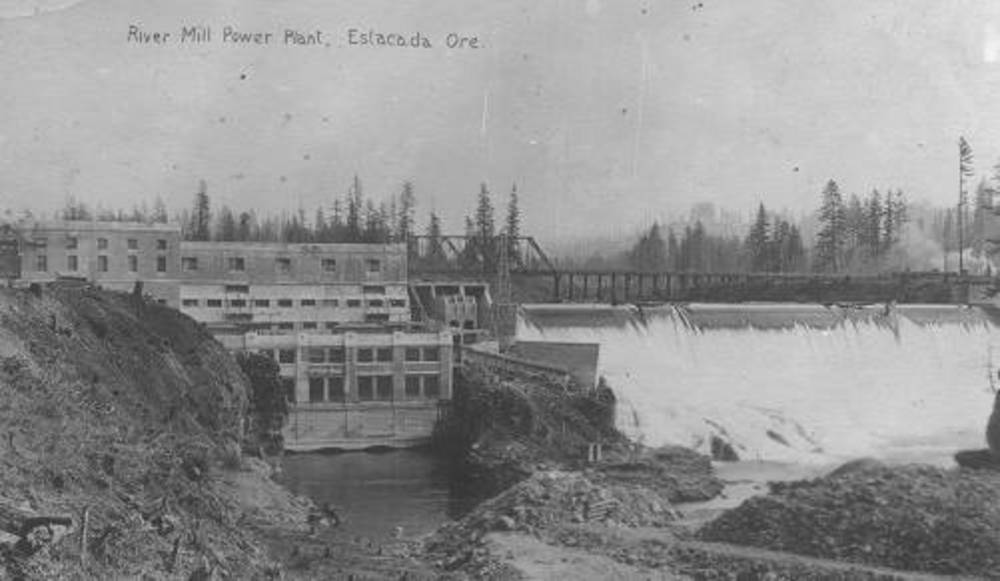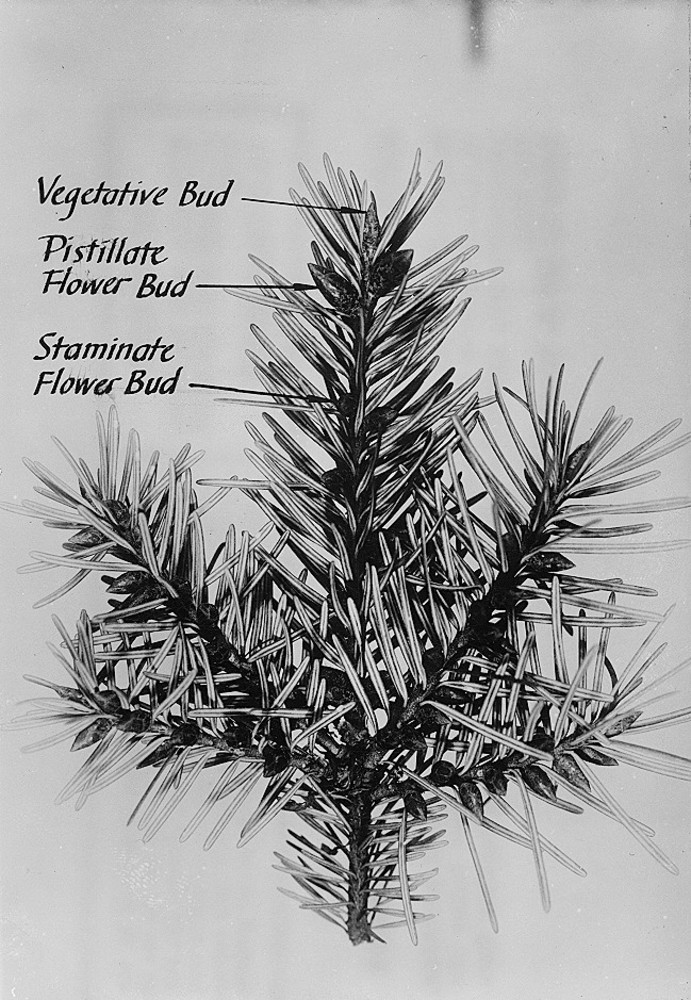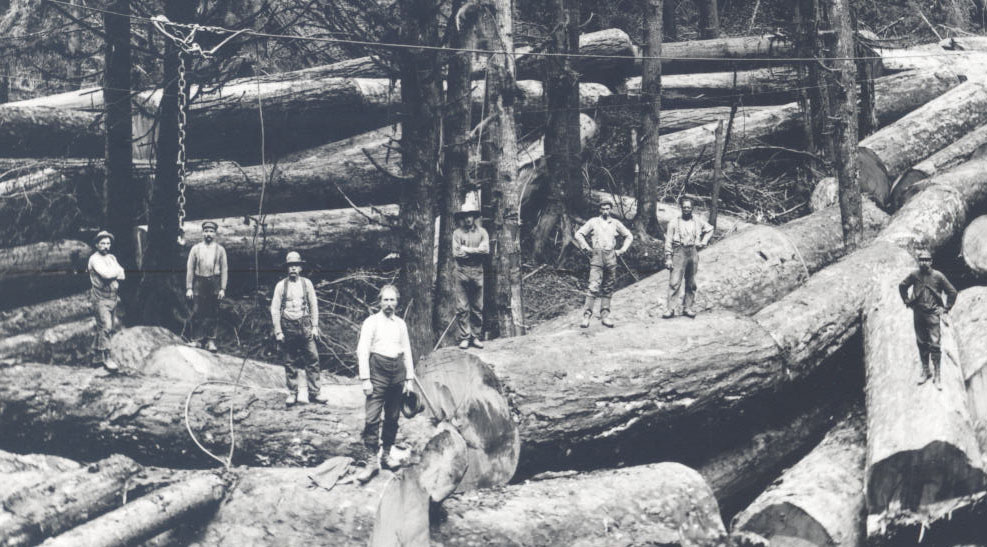Estacada (pop. 3,400 in 2018) sits on the right bank of the Clackamas River, just 30 miles from downtown Portland. The name, pronounced Esta-CAY-da, comes from a Spanish word for staked out, as territory, and may have been borrowed from Llano Estacado in Texas.
The town was founded in 1905 as a camp for workers building Cazadero Dam—a power plant to generate electricity for Portland street lights. Because the river was not easily accessible by road, the Oregon Water Power Railway Co. carried freight and construction crews by rail. The railway then became an excursion line for city folks who picnicked at the riverside park and lodged at the Estacada Hotel.
When paved roads reached the town and penetrated deeper into the woods, Estacada became a mill town. Log trucks rumbled through town one after another in the 1950s and 1960s with logs so big that three of them often made a load. In the boom times you could smell and hear the saw mill day and night. If the mill shut down or the trucks stopped rolling, it was Sunday.
Estacada is still the departure point for logging in the Clackamas River watershed, but the timber industry no longer dominates so thoroughly. The area is as well known today for growing Christmas trees as for harvesting timber. Local attractions include Eagle Fern Park, with its old growth cedar and Douglas-fir trees. Nearby is the Philip Foster Farm, where pioneers on the Oregon Trail, via the Barlow Road, first arrived in the Willamette River drainage area.
Estacada today has a spanking new $3.55 million library, a thriving community of artists, and a huge back yard—Mount Hood National Forest. Just up the Clackamas River from town are campgrounds and hiking trails, Bagby Hot Springs, and the huckleberry fields of the high Cascades. Hunters, fishers, and whitewater rafters and kayakers also frequent the upper Clackamas.
Downstream from town, the river hosts steelhead anglers in winter, rafters in summer. Estacada made national news in 1970 when Governor Tom McCall preempted a potentially violent war protest in Portland by diverting tens of thousands of visiting activists to Milo McIver State Park, on the Clackamas River, for a week-long rock concert—Vortex 1. The lumber for the stage was donated by a local timber company.
-
![]()
River Mill power plant and dam, Estacada, about 1910..
OSU Archives, Gerald W. Williams Collection, Willamette Valley album, WilliamsG:WV Estacada dam
-
![]()
Cazadero Dam.
Oreg. Hist. Soc. Research Lib., bb004583
Related Entries
-
![Douglas-fir]()
Douglas-fir
Douglas-fir (Pseudotsuga menziesii), perhaps the most common tree in Or…
-
![Timber Industry]()
Timber Industry
Since the 1880s, long before the mythical Paul Bunyan roamed the Northw…
Map This on the Oregon History WayFinder
The Oregon History Wayfinder is an interactive map that identifies significant places, people, and events in Oregon history.
Further Reading
Oregon Geographic Names, by Lewis McArthur






